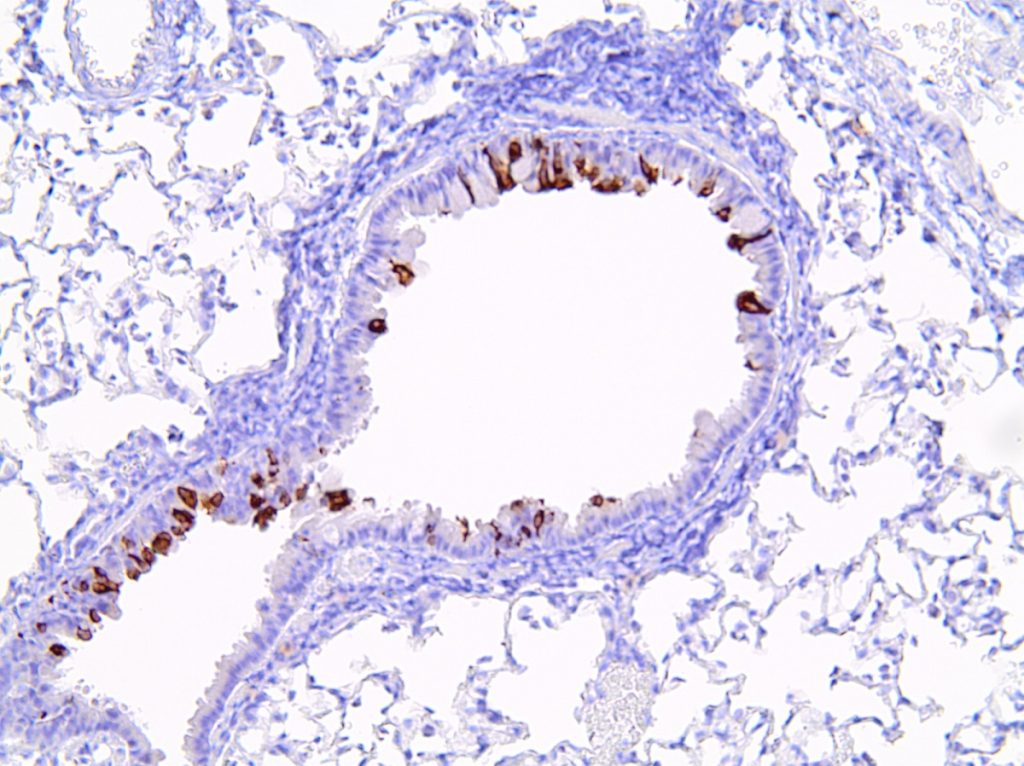
Drs. Stefan Niewiesk, Jianrong Li and Krista La Perle, all faculty members at the College of Veterinary Medicine, are working with researchers from the Center for Vaccines and Immunity at Nationwide Children’s Hospital to develop a vaccine for respiratory syncytial virus (RSV). This is possible due to a $6.75 million grant from the National Institute of Allergy and Infectious Diseases.
RSV is one of the most common causes of lower respiratory tract infections in human infants, with 3.4 million cases annually leading to hospitalization in children under 5, according to a study published in the National Library of Medicine. Currently, there is no RSV vaccine available. Studies have shown that RSV both evades and supresses the body’s immune response, and severe cases can lead to fatality.
The team’s end goal is to create an effective RSV vaccine that can be given as nose drops to infants. This will be achieved by weakening the virus while increasing its ability to stimulate a protective immune response. The expertise of the faculty of the College of Veterinary Medicine lies in the ability to genetically modify the virus and to evaluate the immune response to the vaccine and its safety in an in vivo cotton rat model.
The principal investigators of this study are Drs. Mark Peeples and Octavio Ramilo, both professors at Ohio State’s College of Medicine and researchers at the Center for Vaccines and Immunity at Nationwide Children’s Hospital.
“We are attacking the problem on multiple fronts, and using new approaches to attenuate the virus,” Dr. Peeples said.
A successful outcome means the vaccine will save the lives of infants and children worldwide, preventing over 57,000 hospitalizations and over 2 million medical visits for infants and children each year.